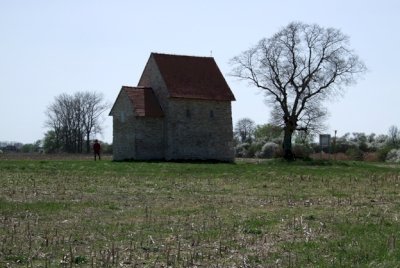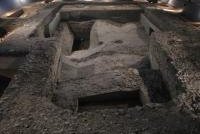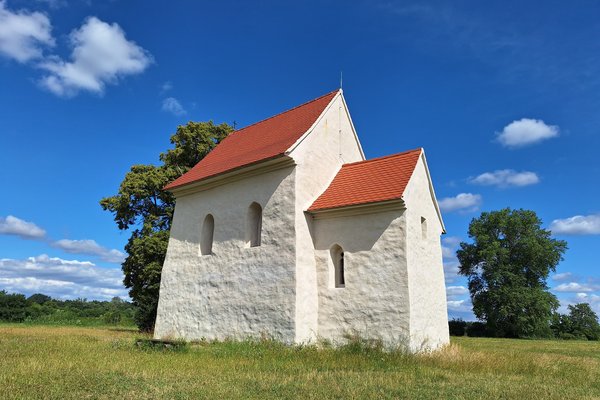Czechia
Sites of Great Moravia
The Slavonic Fortified Settlement at Mikulcice and the Church of St.Margaret at Kopčani reprsent the West-Slavonic state of the early Middle Ages. Excavations at Mikulcice unearthed the remnants of twelve churches, a palace, and more than 2,500 graves. Kopčany was part of the agglomeration of Mikulčice, an important center and possibly the capital of Great Moravia.
Site Info
Official Information
- Full Name
- Sites of Great Moravia: Slavonic Fortified Settlement at Mikulcice - Church of St.Margaret at Kopcani (ID: 1559)
- Country
- Czechia
- Status
-
On tentative list 2001
Site history
History of Sites of Great Moravia
- 2009: Requested by State Party to not be examined
- .
- 2001: Added to Tentative List
- Added to tentative list
- Type
- Cultural
- Criteria
Links
- UNESCO
- whc.unesco.org
All Links
UNESCO.org
- whc.unesco.org — whc.unesco.org
Community Information
- Community Category
- Archaeological site: Other
Travel Information
Recent Connections
News
No news.
Community Reviews
Show full reviews
I completely agree that Mikulčice archeological park is one of the most important archeo-sites in Czech and Slovak Republics. Empire of Great Morava is of great importance for Czechs, Slovaks and Balkan Slavonic nations, but it has no OUV and should not be WHS. The site is very popular. It is partly due to a propaganda in the Comunist times that everything related with the East that beats the West was greatly supported, and also in midle ages because the emperor Charles IV used the lagacy of Great Moravia archbishopric for justification of independency of church of Bohemia from Germans in 14th century. Furthermore, the testimony of Great Moravia is misused by Slovak nationalists and ultraconservatives. The problem is that Great Moravia lasted only for short period in 9th-10th century, and its heritage is overestimated.
I really like the artefacts that were found during long-term excavations such as jewelry. What can be seen in Mikulčice now is only the platforms of 11 churches and several other buildings. Almost no architectonical details were found (only few fragments of crushed frescoes). Several types of churches were excavated showing influences of both West and East: (1) simple one nave church with rectangular apsida, (2) simple one nave church with round apsida, (3) central building with one or more apsidas - rotunda (adriatic influence), (4) three-nave basilica with one apsida. All of them were not very monumental or special as compared to buildings in other parts of Europe. The only still standing church …
Keep reading 0 comments
I have been three times to Mikulčice, the last one during this summer. The archaeological park can be reached from the road n. 55 and there are signboards bringing you through the village to a road which leads 3 km to the south-east and ends at a parking place. First we decided to visit the museum in the first pavilion, which is located in a really horrible communist style building, that, along with a second one (built even above the foundations of a church) and some structures serving as workplace, was constructed in a strongly inappropriate place within the archaeological park. The most interesting finds inside are some wooden ships, located in the middle of the building, and encircled by showcases in which are exhibited arms, religious and quotidian objects, metal pieces of clothes, tools for writing and money. Really noteworthy are the jewels which impressed me also because they are really similar to those of the Lombard civilization of the same period which I had seen in Cividale del Friuli in Italy.
After having obtained a map of the archaeological park we reached the second pavilion: this had just been extensively restyled and reopened (I didn't remember how it looked like before but I quite liked the renewed exposition), so we enjoyed the new audiovisual presentation of the most important buildings of the site and the models of these. Once again there are also showcases with objects similar to those in the first pavilion but also examples of the …
Keep reading 0 comments
